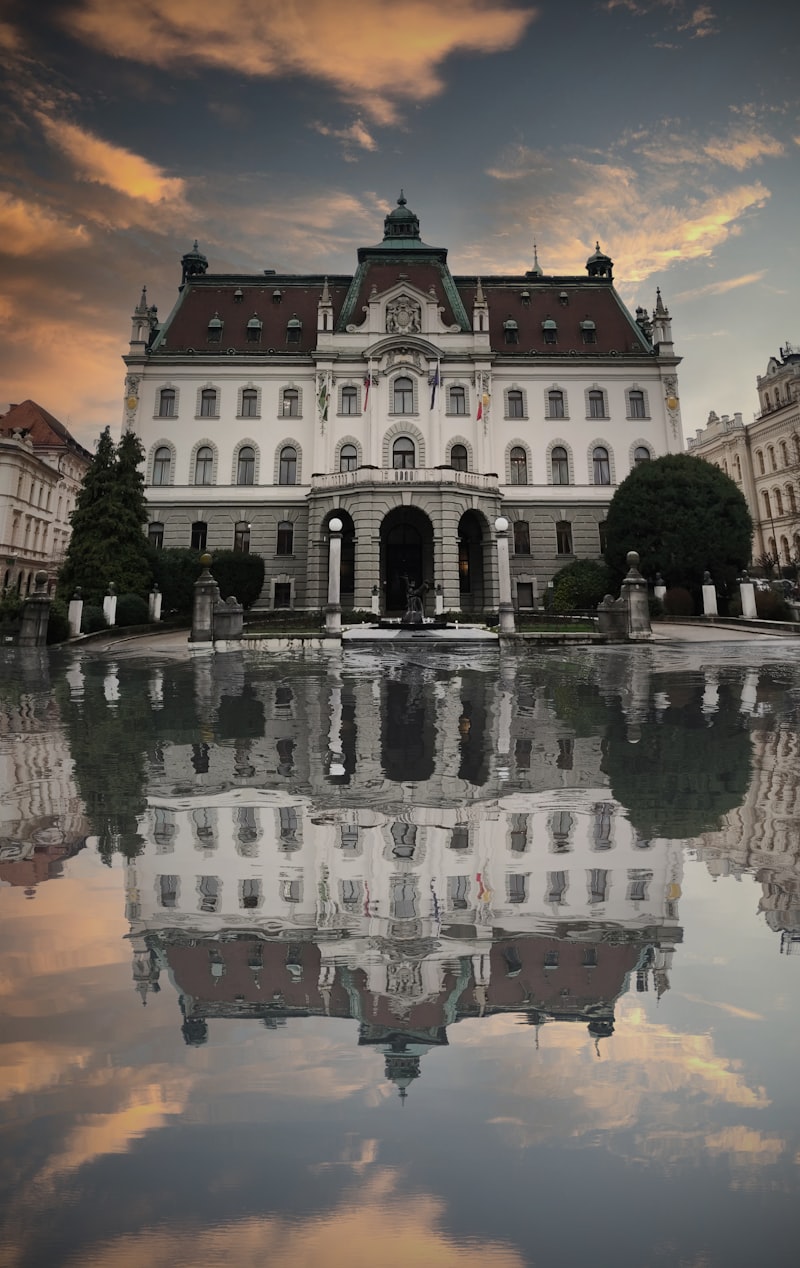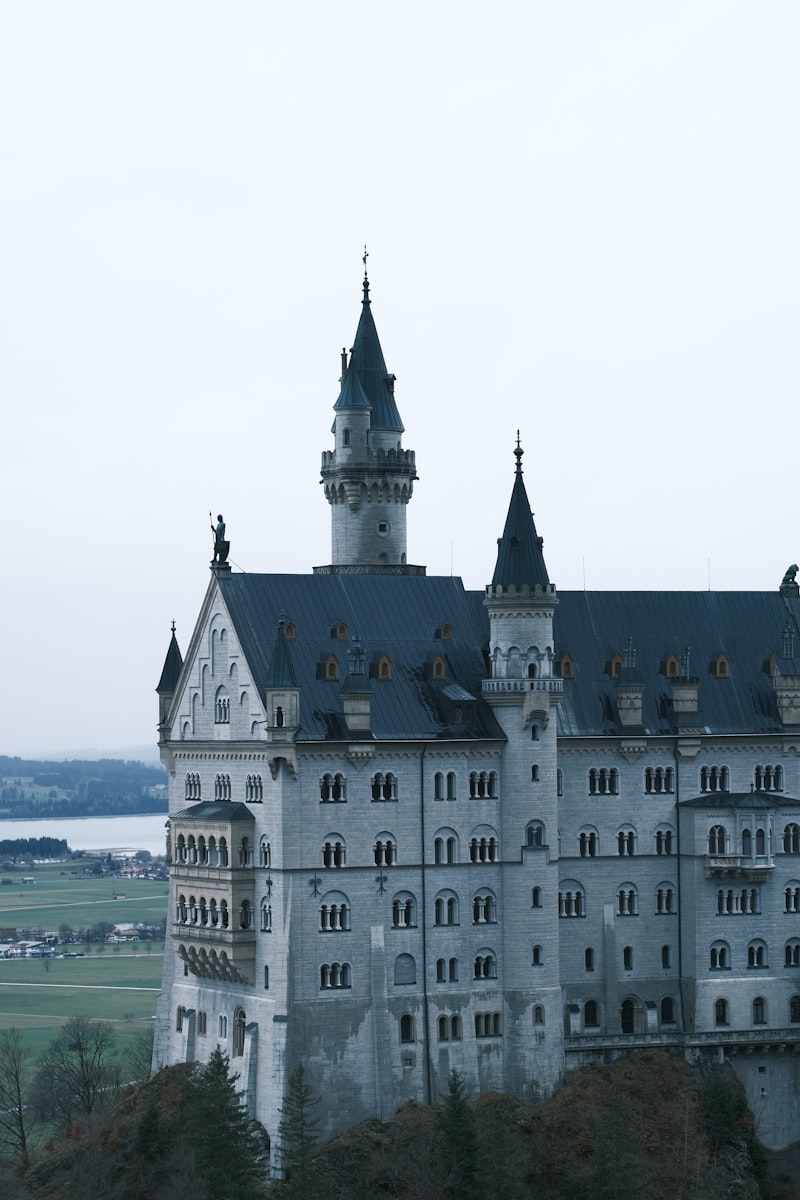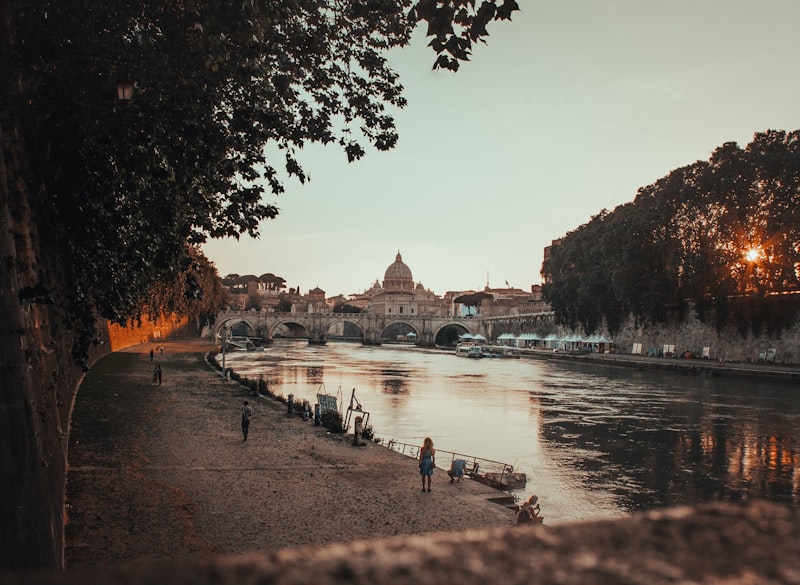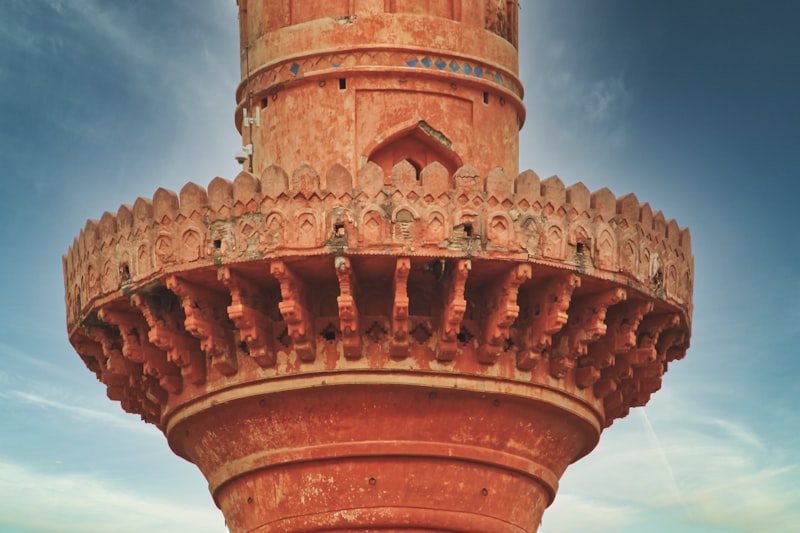Take Piazza Navona in Rome, for instance. It’s not just a square; it’s a living canvas of Baroque art and ancient history. Picture yourself sipping a coffee while admiring Bernini’s Fountain of the Four Rivers, a masterpiece that captures the grandeur of 17th-century Rome. The square’s origins trace back to a Roman stadium, blending layers of history into a single enchanting space.
Or consider the Grand Place in Brussels. It’s like stepping into a fairy tale, where ornate guild houses and the stunning Town Hall reflect the splendor of the 17th century. The square is a hub of activity, especially during the flower carpet event, which transforms it into a vibrant tapestry of blooms. This is where local life and history dance together in a colorful, fragrant display.
Historic city squares serve as dynamic backdrops to daily life, from lively markets to public celebrations. They’re not just remnants of the past but active stages where history continues to unfold. Walking through them is like holding a conversation with the past, where every corner tells a story and every building has a tale to share.
So, next time you find yourself in one of these historic squares, take a moment to pause and soak in the surroundings. These squares are timeless treasures, offering a direct connection to the rich tapestry of human history.
Unveiling the Secrets: Rediscovering the Charm of Historic City Squares

Imagine standing in the midst of Rome’s Piazza Navona, surrounded by Baroque fountains and palaces that whisper tales of Renaissance artists and noble families. Each corner holds secrets of feasts and festivals once celebrated here, echoing through the centuries. It’s not just a square; it’s a stage where history performs daily.
Travel to Prague’s Old Town Square, where the Gothic spires of Tyn Church pierce the sky, and the Astronomical Clock dances with time. This square has witnessed coronations and uprisings, each event leaving its mark on the stones beneath your feet. It’s a place where every visitor becomes a storyteller, adding their chapter to the unfolding narrative.
The charm of historic city squares lies in their ability to transport us back in time while embracing the present. They are living museums where history isn’t confined to glass cases but flows through the air, inviting us to touch, taste, and feel the past. In Venice’s Piazza San Marco, the Byzantine-inspired basilica and soaring Campanile stand as guardians of a maritime empire’s glory days, where merchants once traded silk and spices amidst a sea of pigeons.
Each square has its personality, its quirks, and its legends. From Madrid’s Plaza Mayor, with its elegant arcades and vibrant markets, to Marrakech’s Jemaa el-Fnaa, where storytellers and snake charmers weave tales under the watchful gaze of the Atlas Mountains. These squares are living, breathing entities that reflect the soul of their cities.

So next time you find yourself in a historic city, pause in a square. Feel the pulse of history beneath your feet, listen to the whispers of the past carried on the breeze. These squares are more than landmarks; they are portals to bygone eras, waiting to be rediscovered with every step you take.
Timeless Elegance: The Architectural Marvels of Historic City Squares
One such marvel is the Piazza San Marco in Venice, Italy. Known as the drawing room of Europe, it boasts the stunning Byzantine architecture of St. Mark’s Basilica and the grandeur of the Doge’s Palace. As you stand in awe of its intricate facades and graceful arches, you can’t help but marvel at how these structures have withstood the test of time, preserving the city’s rich heritage.

Similarly, Prague’s Old Town Square transports visitors to a fairy tale with its Gothic and Baroque buildings. The Astronomical Clock, a medieval wonder, adorns the facade of the Old Town Hall, captivating onlookers with its animated figures and astronomical dial. Each building here tells a story, from the Church of Our Lady before Týn with its twin spires piercing the sky to the elegant St. Nicholas Church.

Moving eastward, Istanbul’s Sultanahmet Square stands as a testament to the city’s imperial past. The Hagia Sophia, originally a Byzantine cathedral, later converted into a mosque and now a museum, dominates the skyline alongside the majestic Blue Mosque. These structures, adorned with intricate mosaics and towering minarets, create a breathtaking panorama that captures the essence of Byzantine and Ottoman architectural styles.
In Spain, the Plaza Mayor in Madrid exudes grandeur with its uniform architecture and vibrant atmosphere. Surrounded by residential buildings and adorned with frescoes, it has been a focal point for festivities, markets, and bullfights throughout history. The plaza’s symmetry and elegance make it a timeless symbol of Spanish culture and community.
A Journey Through Time: Exploring the Stories Behind Historic City Squares
Imagine standing amidst the grandeur of Rome’s Piazza Navona, where Bernini’s majestic Fountain of the Four Rivers takes center stage. As the sun sets, the square comes alive with the laughter of locals and the chatter of tourists, each cobblestone echoing with tales of gladiators, artists, and emperors who once walked these very streets. It’s a timeless spectacle where history unfolds before your eyes, inviting you to ponder the city’s imperial past while savoring a gelato from a nearby café.
Venture further north to Prague’s Old Town Square, a picturesque haven where Gothic spires pierce the sky and the astronomical wonders of the Astronomical Clock mesmerize onlookers every hour. Here, medieval legends blend seamlessly with Baroque facades, creating a harmonious blend of architectural marvels that stand as silent witnesses to the city’s resilience through wars and revolutions.
In London’s Trafalgar Square, the iconic Nelson’s Column stands tall amidst flocks of pigeons and crowds of visitors, a testament to the city’s maritime heritage and enduring spirit. From political rallies to New Year’s Eve celebrations, this square has witnessed it all, embodying the pulse of a bustling metropolis where the echoes of Winston Churchill’s speeches still linger in the air.
Each historic city square tells a unique story, reflecting the dreams and aspirations of generations past. They are living museums where time stands still yet moves forward, offering a glimpse into the soul of a city through its architecture, art, and everyday life. Whether you’re marveling at the intricate mosaics of Istanbul’s Sultanahmet Square or tracing the footsteps of revolutionaries in Paris’ Place de la Bastille, these squares continue to evoke a sense of wonder and curiosity, inviting us to embark on a journey through time with every step we take.
Preserving Heritage: How Historic City Squares Shape Modern Urban Culture
Imagine walking through the bustling streets of an ancient city, surrounded by centuries-old architecture that whispers tales of bygone eras. At the heart of these cities lie historic city squares, where the pulse of urban life beats strongest. These squares, steeped in history and tradition, serve as more than mere physical spaces—they are living reflections of a city’s cultural identity.
Historic city squares play a pivotal role in shaping modern urban culture by bridging the past with the present. They are not just architectural marvels but also communal hubs where locals and tourists alike gather to connect, celebrate, and reflect. Take, for instance, the iconic Piazza Navona in Rome, adorned with Baroque fountains and surrounded by elegant palaces. Here, visitors can sense the echoes of gladiatorial games that once filled the arena that stood on this very spot.
Moreover, these squares act as open-air museums, showcasing sculptures, monuments, and landmarks that chronicle a city’s journey through time. Each statue tells a story, each fountain whispers secrets of the past. They serve as reminders of the values, achievements, and struggles of those who came before us, urging us to preserve and learn from history.
Furthermore, historic city squares are cultural crossroads where diverse influences converge. From street performers entertaining crowds to local markets bustling with artisans and vendors, these squares pulsate with energy and creativity. They are stages where festivals, protests, and public events unfold, shaping the social fabric of urban life.
Iconic Landmarks: The Most Famous Historic City Squares Around the Globe
When it comes to experiencing the heartbeat of a city, few places encapsulate its essence more than historic city squares. These iconic landmarks serve not only as gathering points but as testaments to a city’s cultural, social, and sometimes even political history. From bustling markets to solemn ceremonies, each square has a story to tell, drawing millions of visitors annually.
One of the most renowned city squares globally is Red Square in Moscow, Russia. This expansive plaza is flanked by architectural marvels like the Kremlin and Saint Basil’s Cathedral, showcasing centuries of Russian history and culture. It’s not just a square; it’s a symbol of power, resilience, and grandeur.
Moving across continents to Europe, we encounter the majestic Plaza Mayor in Madrid, Spain. This square is a hub of activity day and night, where locals and tourists mingle amidst stunning Baroque architecture. Imagine sitting at a café, savoring tapas, and watching the world go by—it’s an experience that captures the essence of Spanish life.
Closer to home, Times Square in New York City is a vibrant emblem of the American spirit. Lit by billboards and advertisements, it never sleeps, pulsating with energy 24/7. Whether you’re catching a Broadway show or simply people-watching, Times Square is a microcosm of New York’s dynamism and diversity.

In Asia, Tiananmen Square in Beijing, China, stands as a solemn reminder of the country’s political past and present. Spanning vast expanses, it has witnessed pivotal moments in Chinese history, making it a pilgrimage site for both tourists and locals alike.
These city squares aren’t just landmarks; they’re living histories, narrating tales of triumph, tragedy, and transformation. Whether you find yourself in the midst of Moscow’s Red Square or sipping coffee in Madrid’s Plaza Mayor, each square offers a glimpse into the soul of its city—a tangible connection to its past, present, and future.
Frequently Asked Questions
How do historic city squares influence urban planning?
Discover how historic city squares shape modern urban planning strategies, influencing architectural design, public space utilization, and community engagement. Explore their role in preserving cultural heritage while accommodating contemporary urban needs.
How have historic city squares evolved over time?
Discover how historic city squares have evolved through the ages. Explore the transformation of urban hubs from ancient gathering places to modern cultural landmarks.
Which are the most famous historic city squares around the world?
Discover some of the world’s most famous historic city squares with our concise guide. Explore iconic locations like Red Square in Moscow, Times Square in New York City, and Plaza Mayor in Madrid. Learn about their rich histories and cultural significance in global contexts.
What architectural styles are common in historic city squares?
Historic city squares often feature a blend of architectural styles including Renaissance, Baroque, Gothic, and Neoclassical. These styles contribute to the squares’ grandeur with ornate facades, symmetrical layouts, and historical significance, reflecting the city’s cultural and historical evolution.
What are historic city squares and why are they significant?
Historic city squares are central public spaces within cities that hold cultural, social, and historical significance. They serve as focal points for community gatherings, events, and celebrations, reflecting the architectural and cultural heritage of the city. These squares often showcase landmarks, monuments, and buildings of historical importance, attracting both locals and tourists interested in exploring the city’s past and present identity.



